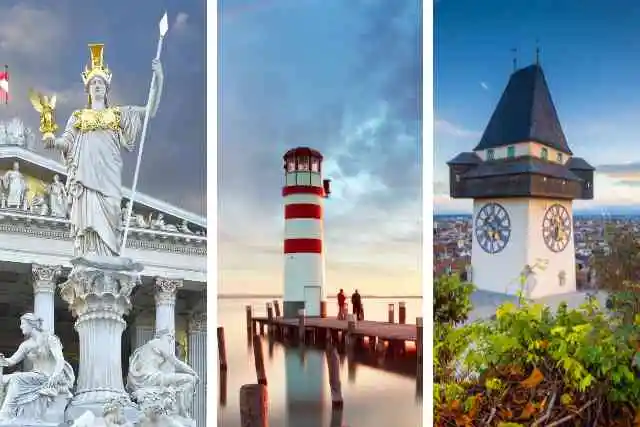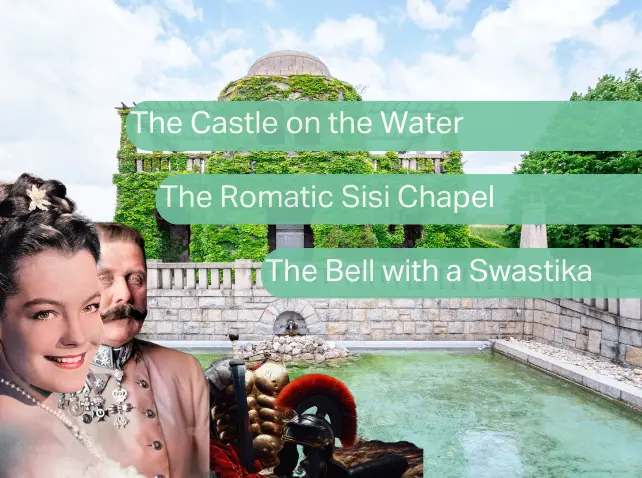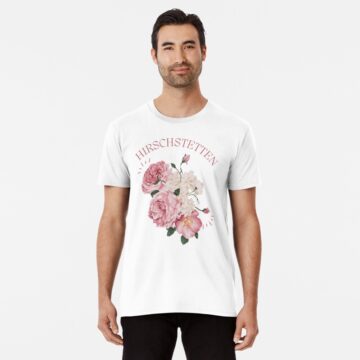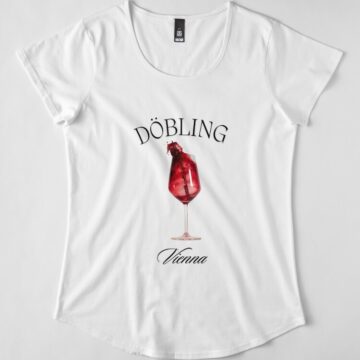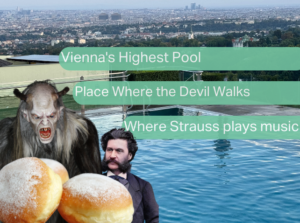Discover the enchanting district of Sievering in Vienna, where history and nature blend seamlessly. For centuries, Sievering was a separate wine region cherished by the ancient Romans and later became a serene summer resort. Nestled on picturesque hills and traversed by the Arbesbach stream, this area evolved from agricultural roots to a renowned wine production center. Unearth the origins of Sievering’s name and its deep connection to Saint Severin. Visit the Hackenberg Water Reservoir with its fairy-tale architecture and explore the historic Church of Sievering, believed to be one of Vienna’s oldest churches.
Sievering was a separate wine region for centuries. The ancient Romans used this region. Later, it became a summer resort for Vienna’s residents. However, due to its relatively cool climate and weak connection to the city, it was not very popular. Finally, it joined Vienna in the Döbling district in 1892.
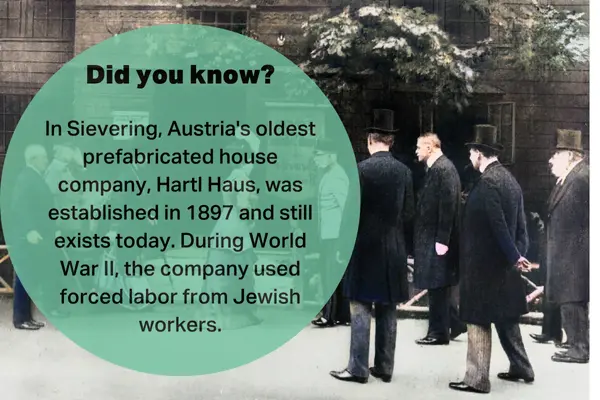
Sievering has a beautiful location on the hills, and the town grew around the Arbesbach stream. Originally, there were farms here that gradually transformed into wine production centers. The scenic hills and the stream make Sievering a picturesque place to visit. The area’s agricultural roots slowly evolved, creating a strong tradition of winemaking that continues to this day.
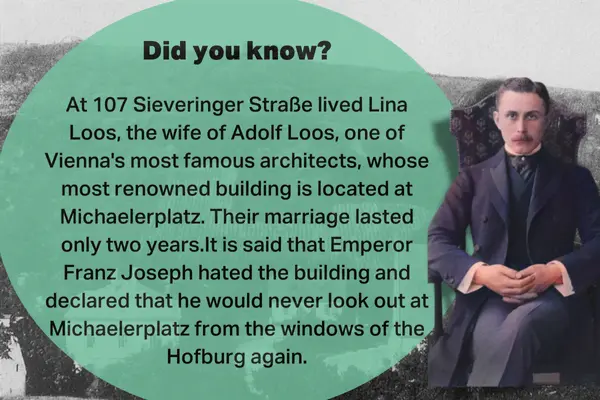
The Origin of Sievering’s Name
The name Sievering appears in a document from 1114 as Sufringen. The name probably referred to an area belonging to a man named Sufr. In the Middle Ages, people began to connect the name with Saint Severin. They believed he conducted church activities here.
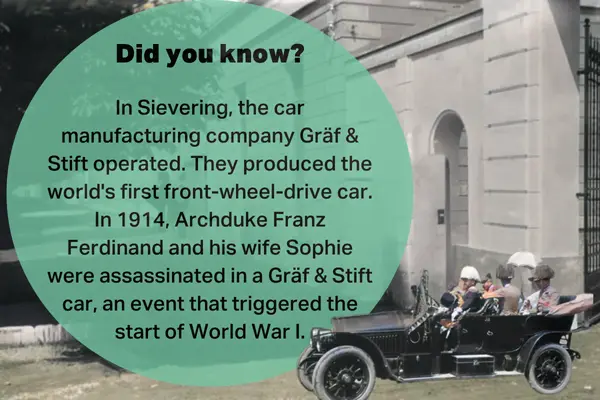
Don’t Miss Out! Subscribe to Our Newsletter for the Latest Tips, Exclusive Offers, and Insider Information on the Best of Vienna. Join Our Community and Be the First to Know About New Adventures and Hidden Gems!
The Official Seal
The official seal of the settlement features Saint Severin of Noricum. People believe he conducted missionary work in this area during the 5th century AD. This seal symbolizes the historical and religious heritage of the settlement.
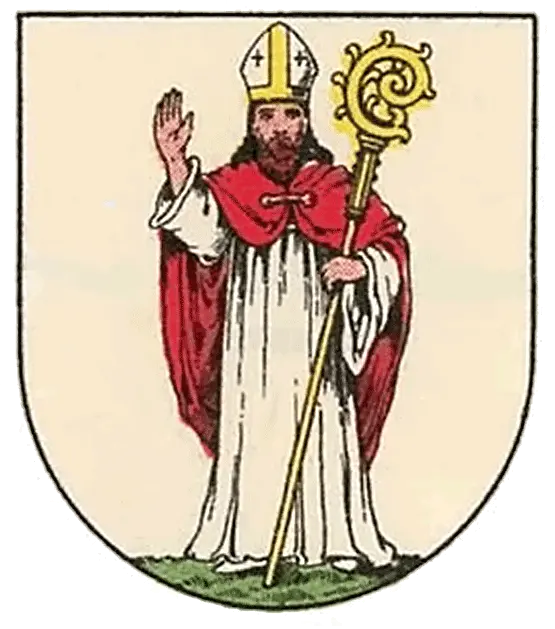
Portrait of Saint Severin
People believe Saint Severin was born around 410 in the area of present-day Mautern an der Donau in Lower Austria. His parents were likely wealthy Italians from the upper social class. Severin chose to withdraw from public life voluntarily. He dedicated himself to helping the poor and maintaining public order.
Severin died in Favianis, which people identify as either Sievering or Mautern in Lower Austria. They transported his body to Italy. Six years after his death, they exhumed his body. To their surprise, his body had not decomposed, even though they did not embalm it. Now, his relics rest in Campania, Italy.
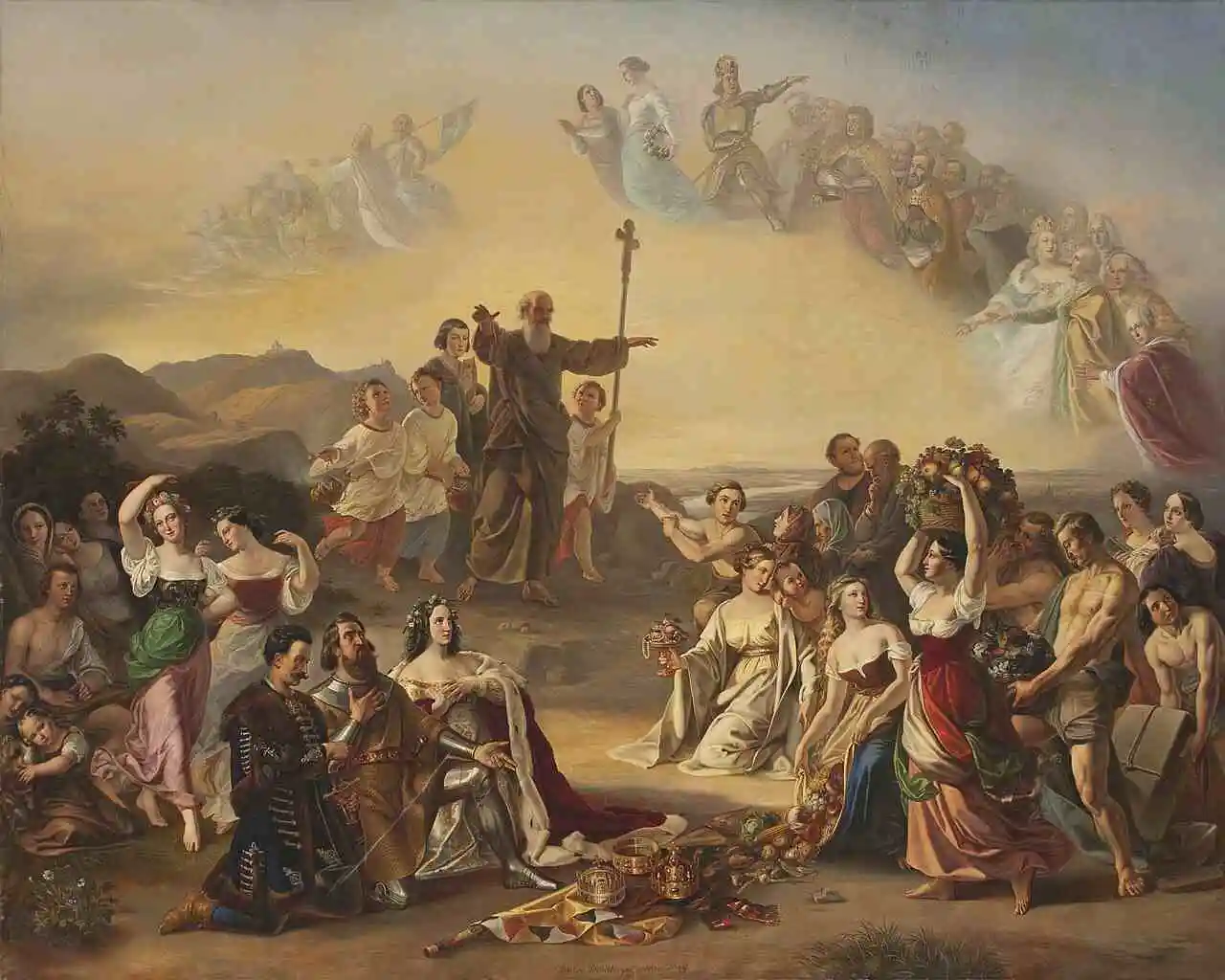
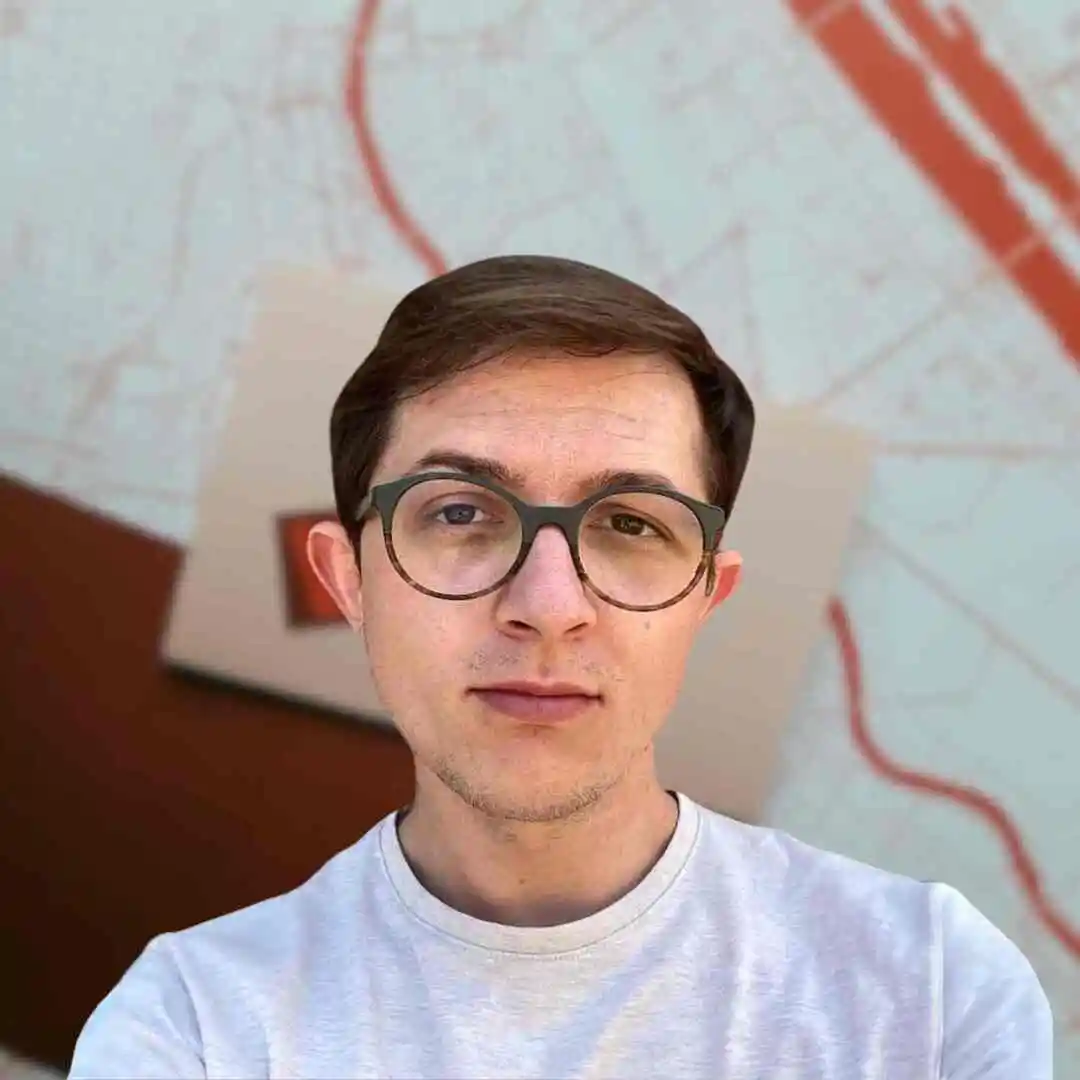
Hi, my name is Kordian and I have prepared this post for you. It took me over 12 hours. After years of working in non-governmental organizations, I want to make this site my source of income. I would be grateful for your support by sharing, liking, or adding a link to this page on your social media or blog. If you use this site regularly, I would appreciate your support through the Steady platform.
History of Sievering
Traces of human activity in Sievering date back to Roman times. The Romans sourced some of the stone needed for their settlement, Vindobona, from this area. In the 19th century, remains of a Roman altar dedicated to Mithras were discovered here, suggesting a permanent worker settlement in the region.
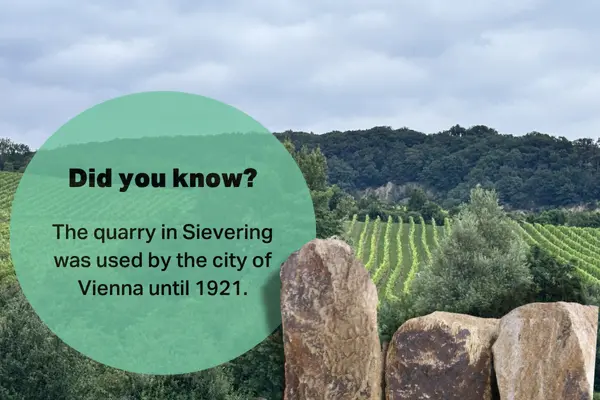
After the fall of the Roman Empire and the rise of Habsburg power, the area came under their influence. The oldest settlement likely dates back to the 9th century. The inhabitants cultivated land and produced wine. However, during the Turkish wars, the settlement suffered greatly. Following the 17th-century wars with the Turks, another disaster struck the village—a plague that killed over 260 residents.
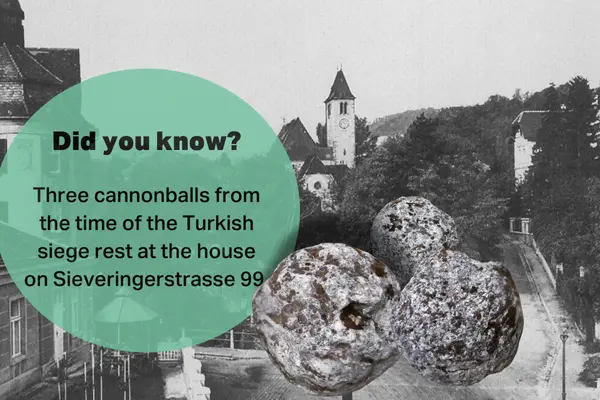
After this period, the village began to recover as an agricultural community. The residents planted fruits and produced wine. The year 1882 changed the village forever when it was incorporated into Vienna. In 1902, residents gained a tram connection to Vienna, further integrating Sievering with the city.
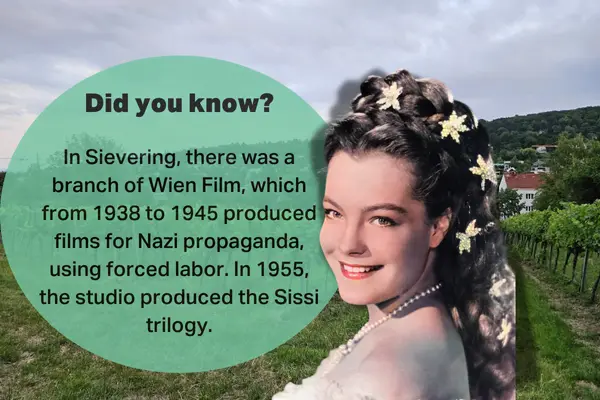
The Hackenberg Water Reservoir
One of the most interesting places in Sievering is the water reservoir on Hackenberg. It is one of 12 such reservoirs in the city. The reservoir was built in the early 20th century, and its Neo-Romanesque and Art Nouveau style seems to transport viewers into a mythical fairy tale world. Its purpose is to store and then distribute water in the water supply network.
The location and style of the reservoir are connected to Vienna’s early 20th-century aspirations to exist as a modern metropolis on the international stage. Gmunden granite was used in its construction, symbolizing the purity of water and the closeness to nature.

The Church of Sievering
Some researchers believe that the church was built on a Roman foundation, although the first mention of it dates back to 1330. This makes it one of the oldest churches in present-day Vienna. Even in the 16th century, although Austria had been Christian for thousands of years, the residents of Sievering were not familiar with Christian sacraments. It is said that Saint Severin worked in the church as a missionary. It was only towards the end of the 17th century that Christianity firmly took root among the inhabitants.
The church is in the Gothic style, with a Romanesque tower that served a defensive purpose. On the altar, there is an 18th-century depiction of Saint Severin. The tombstones in the church date back as far as 1375.
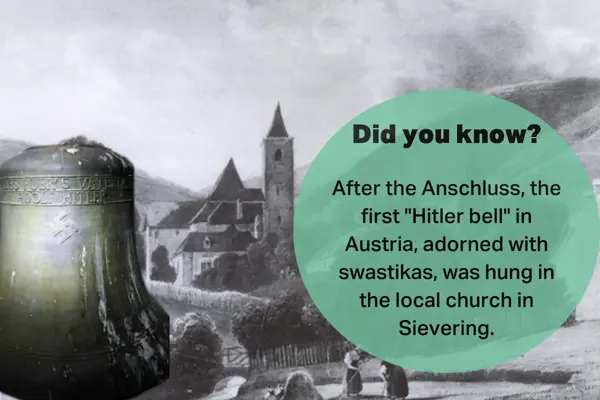
The Sisi Chapel
Perched on Pfaffenberg in the Wienerwald, within the Sievering district of Vienna, the Sisi Chapel is a neo-Gothic treasure. Located at 360 meters above sea level, it offers stunning views and a rich history. This chapel commemorates the wedding of Emperor Franz Joseph and Empress Elisabeth (Sisi), which took place on April 24, 1854. Designed by Johann Garben and constructed between 1854 and 1856, it is dedicated to Saint Elizabeth, Saint Francis of Assisi, and Saint Joseph.
During World War II, the chapel suffered extensive damage and fell into disrepair. However, in 2002, the Wald Board acquired the chapel and began restoration efforts, which were completed in 2005. The restored chapel now boasts a glass roof and interactive exhibits that emphasize the connection between nature and culture.

Join Our Vibrant Community
Are you passionate about discovering the hidden gems of Vienna and its surroundings? Follow us on social media and become part of our enthusiastic community!
Why Follow Us?
- Exclusive Content: Each post is a labor of love, taking between 10-30 hours to create. We share breathtaking photos, captivating stories, and invaluable tips.
- Stay Updated: Never miss out on exciting events, new attractions, and must-visit spots in and around Vienna.
- Support Independent Projects: We are an independent project, and your follows help us cover the costs of running this page. Your support is crucial!
Your Support Matters!
Every follow, like, and share directly supports our work. It helps us continue bringing you the best content and ensures we can keep this site running. By following us, you’re not just staying informed – you’re helping us grow and thrive.
Don’t miss out! Click the links above and start following us today. We can’t wait to connect with you!

